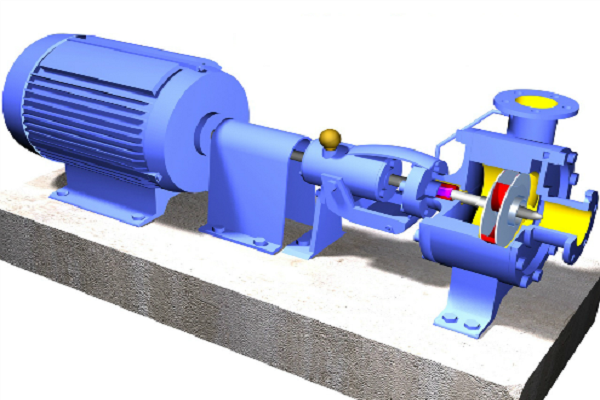How Were These Regulations And Standards Devised?
A lot of work and research went into creating these standards, with plenty of discussion with different groups. These guidelines were debated with pump manufacturers, consumers and those trying to improve efficiency in the industry. These negotiations led to a series of standardized guidelines regarding the power consumption of both the pump and the related motor. These guidelines were then adapted to follow EU standards. The EU had already set a precedent in this field, and it made sense to look to their ideas for guidance.
The Focus Of These Regulation Comes Down To A Need For Greater Incentivization For High-Efficiency Pumps

This set of DOE regulations was created with the aim of improving energy efficiency in pumping technology. This means ensuring that new pumps meet requirements, as well as encouraging the creation of energy efficiency programs for high-efficiency pump packages. The standards apply to any clean water pump that runs with a horsepower between 1 and 200. This is clearly a full field, so there are lots of improvements to make and new technologies to be seen. These pumps are used for everything from standing to heat and cooling to irrigation, so the impact should be impressive.
It has been estimated that these qualifying pumps will reduce electricity consumption by approximately 30 billion kilowatt-hours over the next 30 years. However, this can only actually occur if manufacturers work to create the very best models to meet these new requirements. This is where the incentivization for innovation comes in.
In recent years, it has proved that a simple variable speed drive for a variable flow can make a huge difference. When applied correctly, they can cut energy usage by as much as 50%. That shows how one new idea can make have a lasting impact. Marry these ideas to the energy efficiency guidelines, and there could be significant savings.
With Time, These Ratings For Pumps Will Be Highly Beneficial For The Consumer
There is a lot of companies and manufacturers to consider here as they look at these new regulations on energy efficiency. This idea should lead to something of an overhaul in the years between its inception and final effect. However, it should not be without its benefits. The aim is that the ratings will not only incite competition, they will also be informative to the consumer.
These ratings will be available to help companies differentiate between the most efficient models. In turn, this should further incentivize manufacturers to work on the more popular design. The new standards are not due to take effect until 2020. When they do, pumping technology could be a long way from where it is today.
